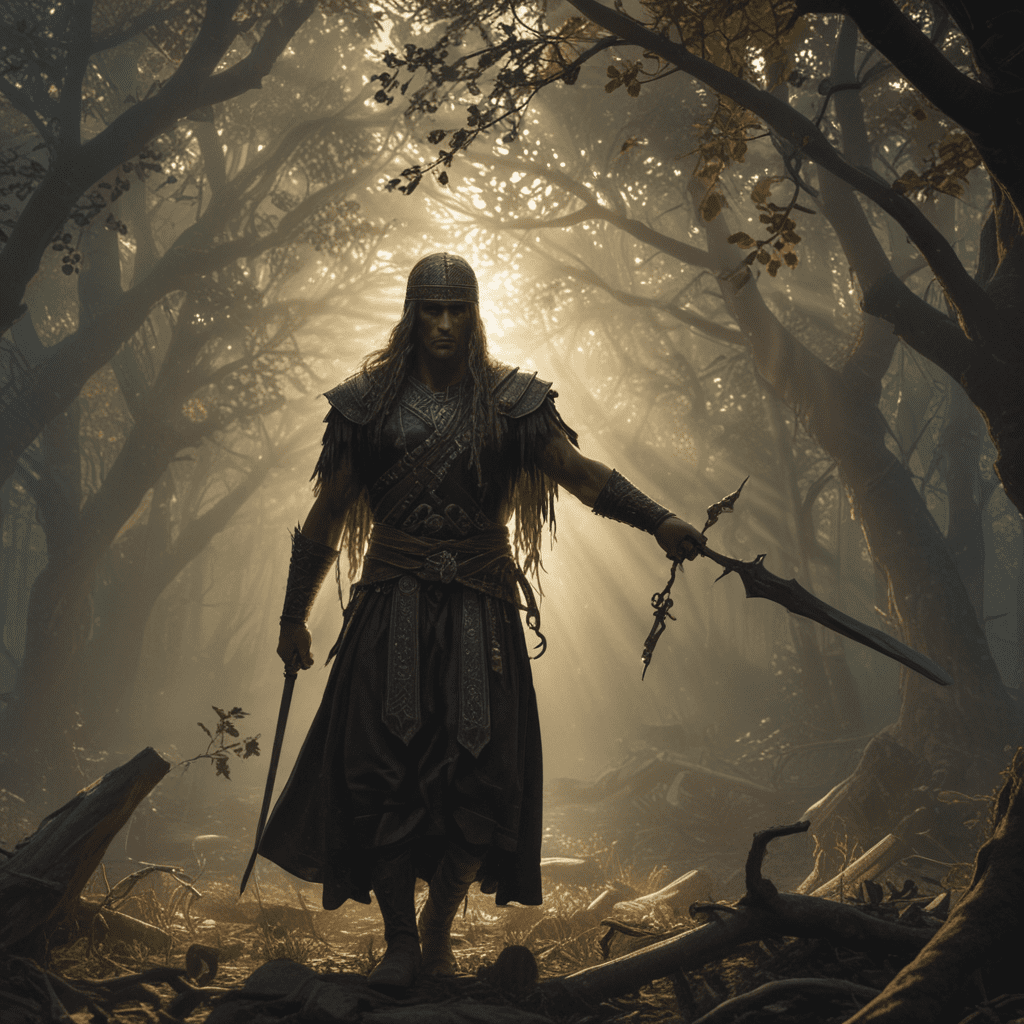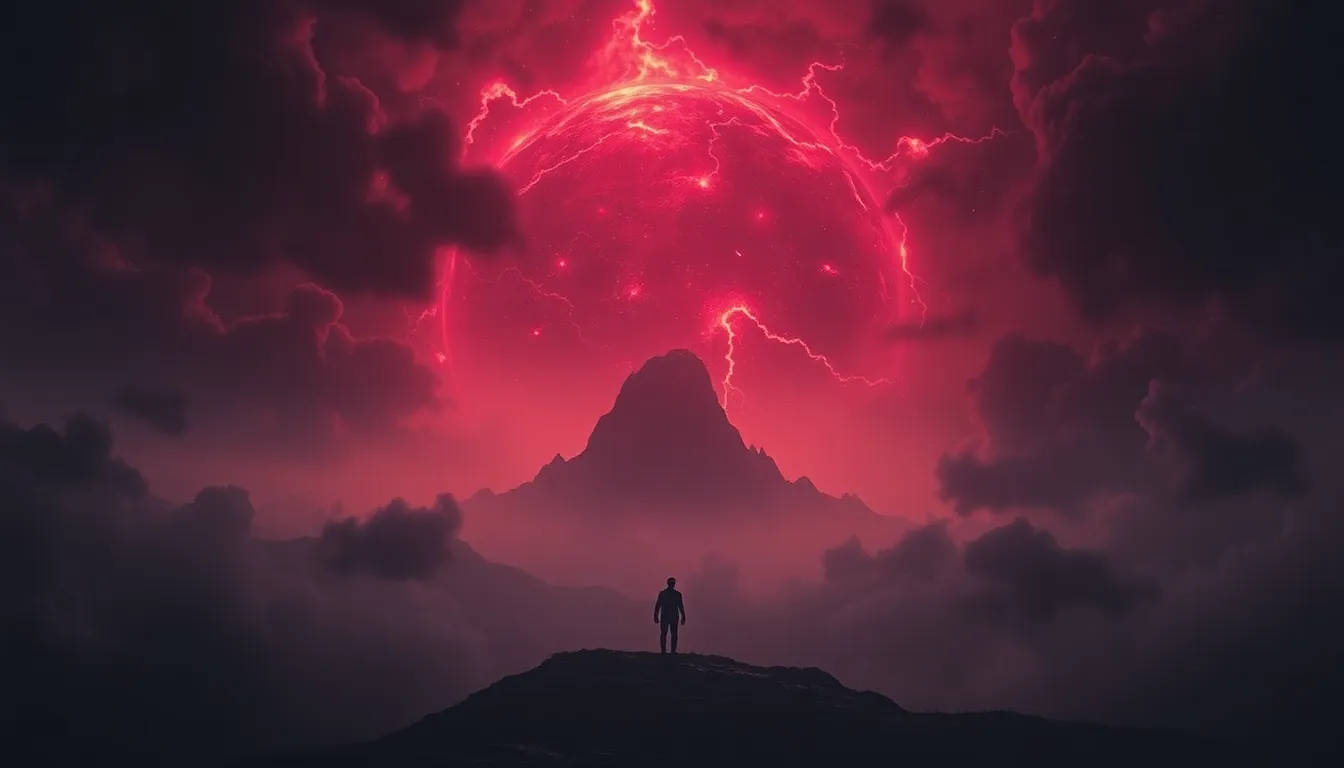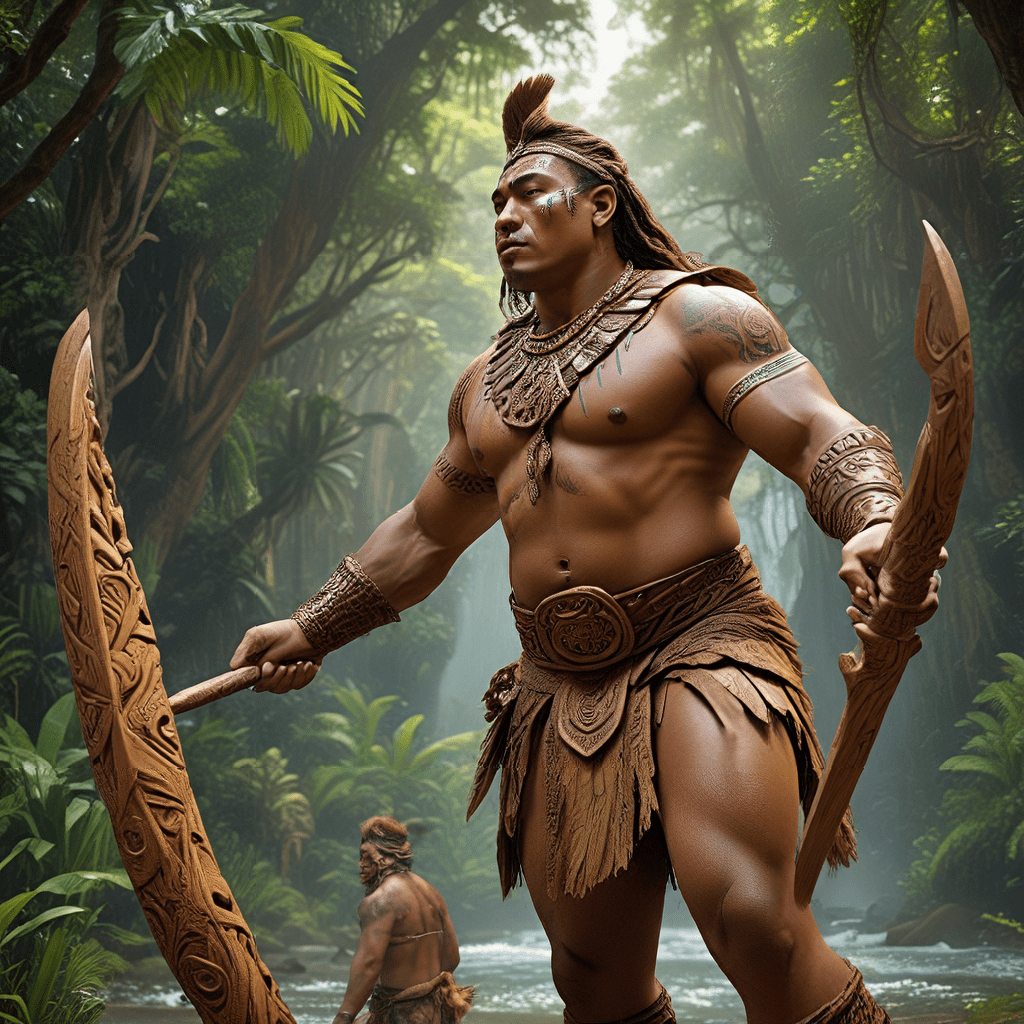The Most Disturbing End of the World Myths in History
1. Introduction
Apocalyptic myths have captivated human imagination across cultures and epochs. These narratives speak to our deepest fears and hopes regarding the end of existence, serving as cautionary tales about morality, fate, and the consequences of humanity’s actions. They often reflect societal anxieties and the human condition, prompting reflection on our choices and their implications.
This article aims to explore some of the most disturbing end of the world myths throughout history. By examining these tales, we can gain insight into the fears and philosophies that shaped civilizations, as well as the enduring nature of these narratives in contemporary society.
2. The Origins of Apocalyptic Myths
Apocalyptic thinking has historical roots that can be traced back to ancient civilizations. Societies have often faced existential threats, be they natural disasters, invasions, or moral decline, leading to the development of myths that articulate these fears.
Religion and spirituality play significant roles in shaping apocalyptic narratives. Many religious texts offer prophecies about the end times, reflecting the beliefs and values of the societies from which they originated. These narratives often emphasize themes of judgment, redemption, and the struggle between good and evil.
Psychologically, apocalyptic myths respond to the fundamental human condition. Fear of the unknown, anxiety about mortality, and the quest for meaning in suffering all contribute to the allure and persistence of these stories. They provide frameworks for understanding chaos and the potential for rebirth.
3. The Myth of Ragnarok: Norse Apocalypse
In Norse mythology, Ragnarok represents a cataclysmic series of events leading to the death of numerous gods, the destruction of the world, and its eventual rebirth. This myth encapsulates the cyclical nature of existence, where endings are intrinsically linked to new beginnings.
Key figures in the Ragnarok narrative include:
- Odin: The Allfather who leads the gods into battle.
- Thor: The thunder god who faces the serpent Jörmungandr.
- Fenrir: The monstrous wolf destined to kill Odin.
Disturbing elements of Ragnarok include themes of inevitable destruction, the futility of resistance against fate, and the violent nature of rebirth. The myth serves as a reminder of the transient nature of life and the perpetual cycle of creation and destruction.
4. The Hopi Prophecies: The Blue Kachina and the End of the Fourth World
The Hopi people, indigenous to the Southwestern United States, possess a rich tradition of prophecies that foretell the end of the Fourth World. Central to these beliefs is the figure of the Blue Kachina, a spirit associated with purification and renewal.
The prophecy states that the appearance of the Blue Kachina will herald the end of the current world, signaling a time of great upheaval and environmental crisis. Key aspects of this prophecy include:
- The emergence of destructive natural phenomena.
- The moral decline of humanity.
- The eventual return to harmony and balance after the turmoil.
The disturbing implications for humanity and the environment are evident, as the prophecy warns of dire consequences if current destructive behaviors continue. It emphasizes the interconnectedness of all life and the need for stewardship of the Earth.
5. The Mayan Calendar and 2012 Phenomenon
The Mayan calendar, known for its intricate cycles, gained global attention with the belief that it forecasted the end of the world on December 21, 2012. This interpretation, however, was a misrepresentation of Mayan thought, which viewed time as cyclical rather than linear.
The myths surrounding December 21, 2012, included:
- Catastrophic natural disasters.
- Alien invasions or divine interventions.
- Transformation of human consciousness.
The cultural impact of these myths was profound, generating widespread fear and speculation. While the date passed without incident, the phenomenon highlighted humanity’s fascination with apocalyptic narratives and their ability to influence behavior and thought.
6. The Christian Apocalypse: The Book of Revelation
The Book of Revelation, the final book of the New Testament, offers a vivid and disturbing portrayal of the end times. Its themes of judgment, salvation, and the ultimate battle between good and evil resonate deeply within Christian theology.
Disturbing imagery within Revelation includes:
- The Four Horsemen of the Apocalypse, symbolizing conquest, war, famine, and death.
- The Beast and the False Prophet, representing deception and moral corruption.
- Apocalyptic plagues and the final judgment of humanity.
The influence of Revelation on Western culture is significant, inspiring countless interpretations, artworks, and modern apocalyptic movements. Its themes continue to provoke thought about morality, hope, and the future of humanity.
7. The Great Flood: Myths from Around the World
Many cultures have their own versions of a great flood, often viewed as a divine punishment or a cleansing of the Earth. Notable accounts include the Biblical story of Noah, the Mesopotamian Epic of Gilgamesh, and various Indigenous myths.
Disturbing narratives surrounding these floods often convey moral implications:
- The consequences of human wickedness.
- The struggle for survival amidst overwhelming odds.
- The loss of life and the hope for renewal and rebirth.
The flood serves as a powerful metaphor for judgment and renewal, highlighting humanity’s vulnerability and the potential for new beginnings after catastrophe.
8. The Zoroastrian End Times: Angra Mainyu and the Final Battle
Zoroastrianism presents a dualistic worldview, where the ultimate battle between the forces of good, led by Ahura Mazda, and the evil spirit Angra Mainyu will determine the fate of humanity. This end times narrative is rich with symbolism and moral lessons.
Key elements of the Zoroastrian end times include:
- The resurrection of the dead for final judgment.
- The purification of the world through fire.
- The defeat of Angra Mainyu and the triumph of good.
The disturbing imagery in these texts emphasizes the intensity of the struggle between good and evil, reflecting humanity’s ongoing battle with its darker impulses and the hope for ultimate redemption.
9. Modern Apocalyptic Scenarios: From Nuclear War to Climate Change
In contemporary society, apocalyptic scenarios have evolved, reflecting current fears about global crises. Topics such as nuclear war, pandemics, and climate change dominate discussions about potential end-of-the-world scenarios.
The psychological impact of these modern myths is significant:
- Inducing anxiety and hopelessness in the face of seemingly insurmountable challenges.
- Fostering a sense of urgency for action to prevent catastrophe.
- Inspiring movements focused on sustainability and social justice.
These modern apocalyptic narratives continue to shape our perceptions of the future, urging us to confront our realities and work towards a more sustainable and equitable world.




